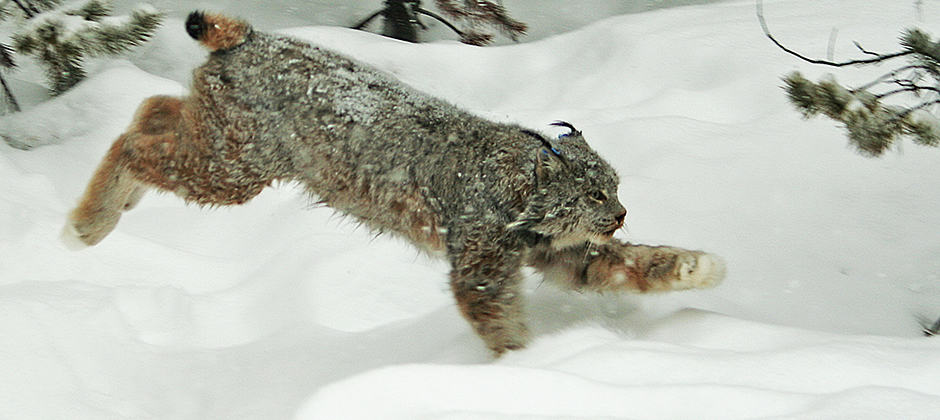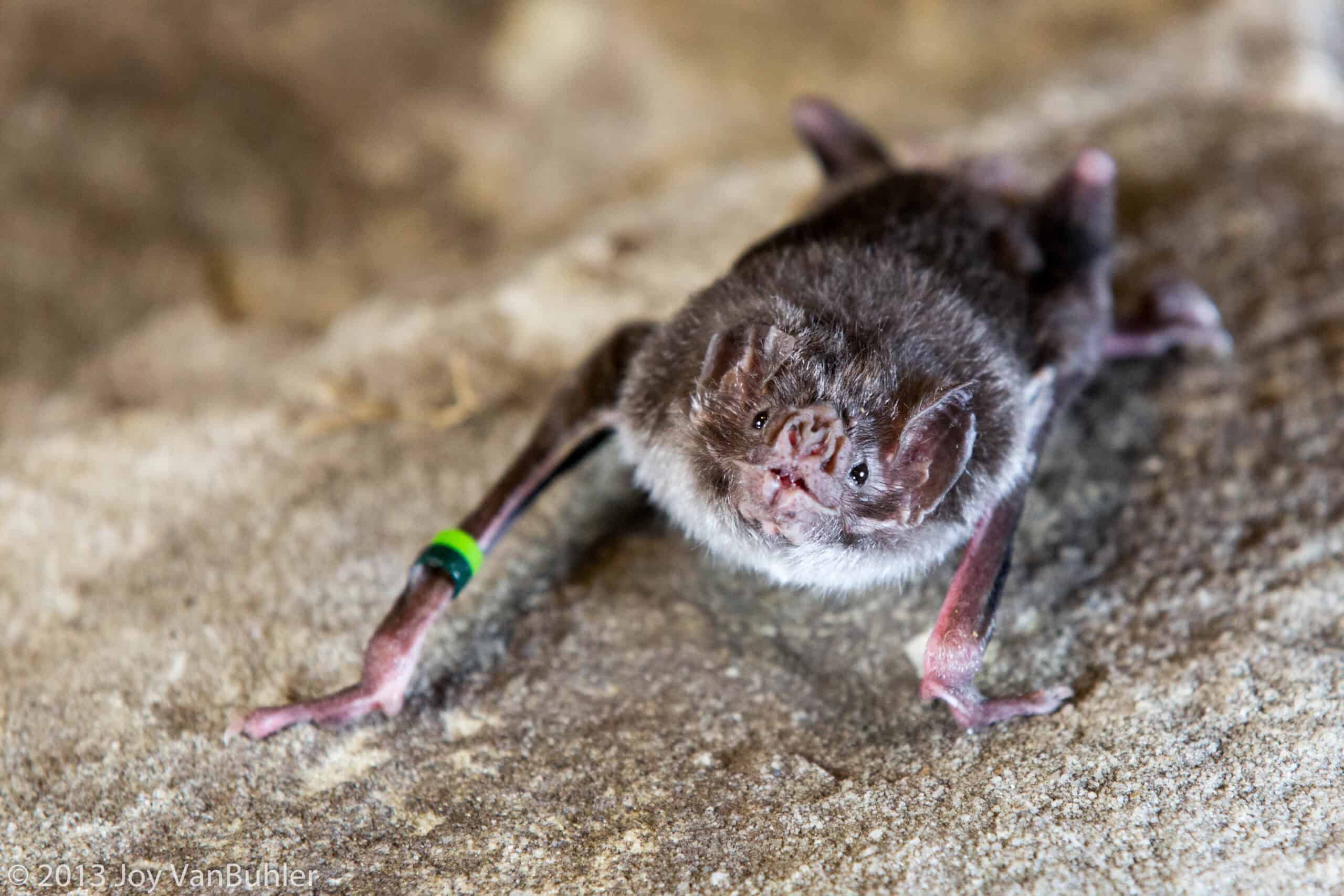Share this article
Wild Cam: Researchers ID predators from saliva at kill sites
DNA sleuths are identifying predators from kill sites with the help of the saliva they leave on their prey.
“Our broader study was transformed by this technique, which was successful on very small amounts of prey remains,” said Laurel Peelle, a PhD student in environment and forest sciences at the University of Washington and the lead author of a study published recently in Wildlife Society Bulletin. “We even got DNA from red squirrels and voles.”
Researchers have traditionally been forced to take a “cowboy approach” to identifying the predator responsible for making a kill, which basically means giving a best guess based on clues like the way the prey was wounded, Peelle said. But this method is unreliable, especially with smaller prey. Sometimes, the hare was consumed entirely without the predator leaving more than a tuft of fur. Even though GPS collars were also being put on lynx for a related study, it wouldn’t be possible to determine where they made kills because much of their prey is eaten quickly.
For our latest Wild Cam feature, we examine some of the photo evidence of kills to illustrate new research using the DNA in saliva to identify which predators were responsible for killing small-bodied prey.
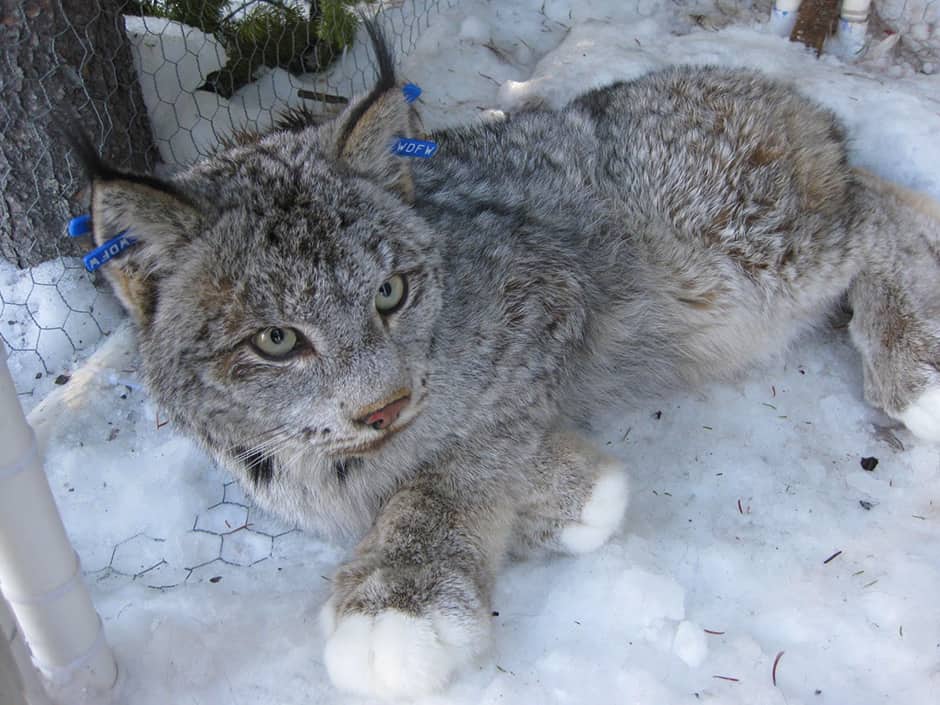
©WDFW/DNR/USDA Forest Service
Peelle, who conducted this study as part of her master’s thesis, wanted to get a better picture of the foraging habitat of Canada lynx (Lynx Canadensis) in Washington state, where they are endangered. But she couldn’t track them using methods that normally work for larger carnivores like mountain lions (Puma concolor), such as correlating kill sites with GPS or radio-collar data.
“The medium-sized predators are not spending enough time at the kill sites to find those locations through tracking data,” she said.
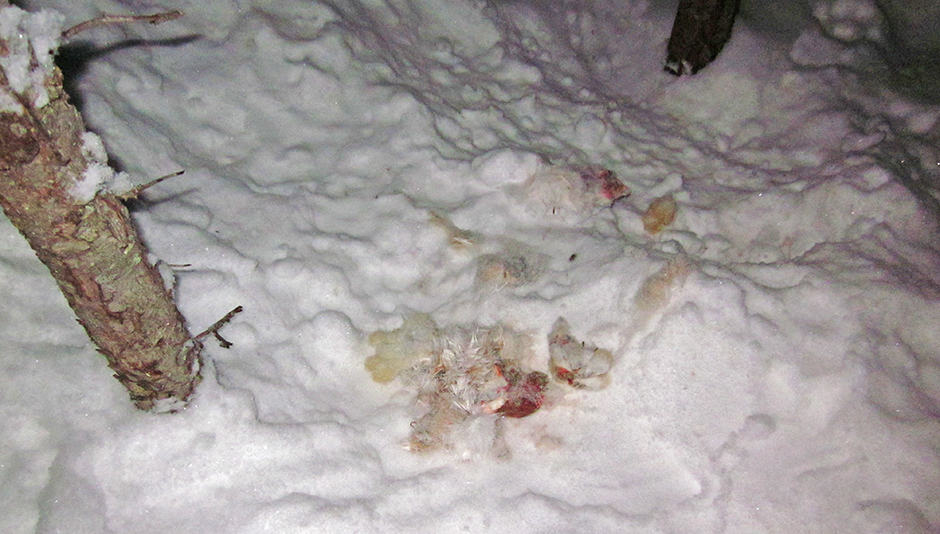
©Laurel Peelle
Peelle wanted to find a more accurate way to determine the predator responsible for making a kill. If she couldn’t track the kills via the predators, she could instead track kills by tagging the prey.
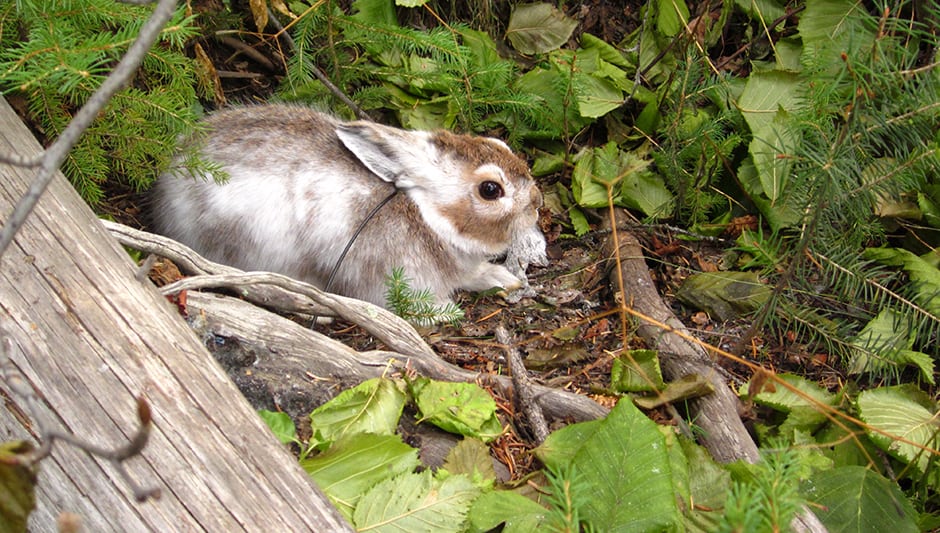
©Laurel Peelle
She and her team tagged and tracked hundreds of snowshoe hares (Lepus americanus) in the Loomis State Forest and Okanogan National Forest in Washington from 2010 to 2014, monitoring them until one was killed.
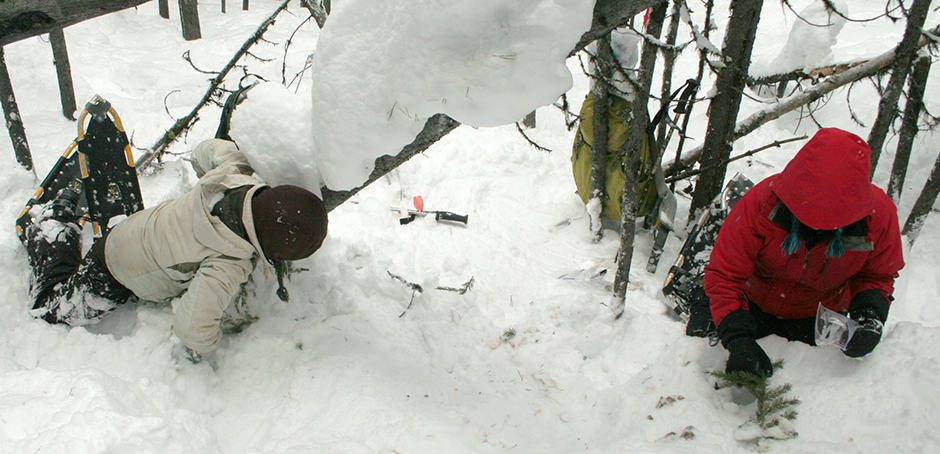
©Laurel Peelle
This plan worked, except for one small hitch.
“I got to my first kill site, and it was literally a tiny radio-collar and a tuft of hair,” Peelle said (the photo above wasn’t the first kill site).
This is where saliva came into play, as it was the only thing left behind by the predator. Peelle researched techniques in human forensic literature and fine-tuned a technique through trial and error to gather residual saliva left over on the prey remains, or even on the radio-collars themselves.
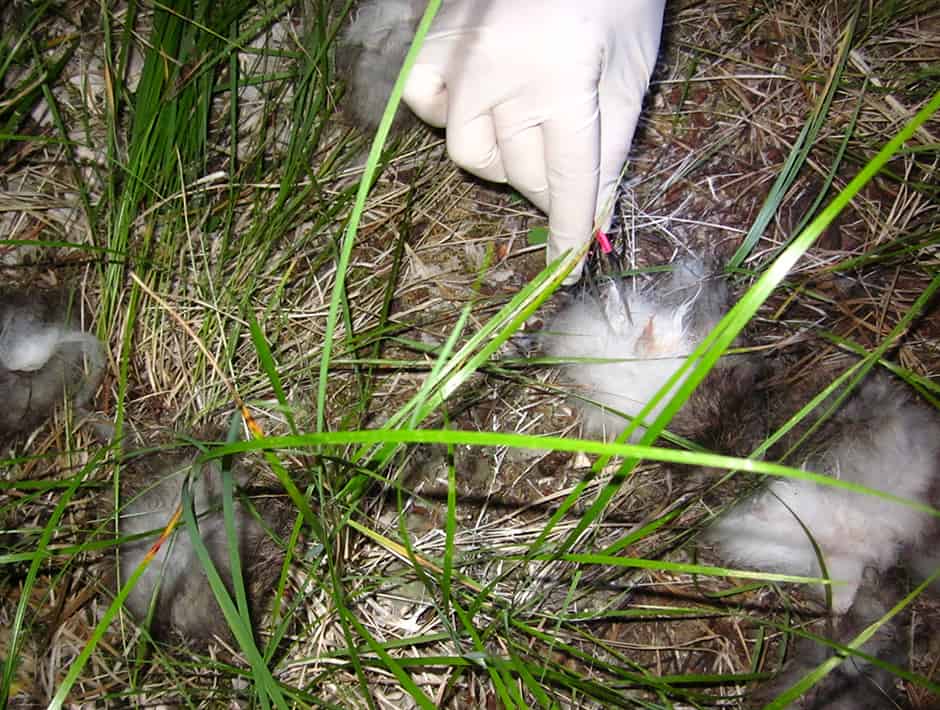
©Laurel Peelle
The researchers looked at 53 recent hare kills to see if they could determine what ate them. They got positive IDs on 31 of them — mainly lynx, coyotes (Canis latrans), and bobcats (Lynx rufus), although they also identified mountain lions and North American pine martens (Martes americana).
Of the remaining 22 that couldn’t be identified, rain or snow may have erased some of the evidence, Peelle said, and many of them were likely from raptors, which don’t have a lot of saliva to leave at the scene.
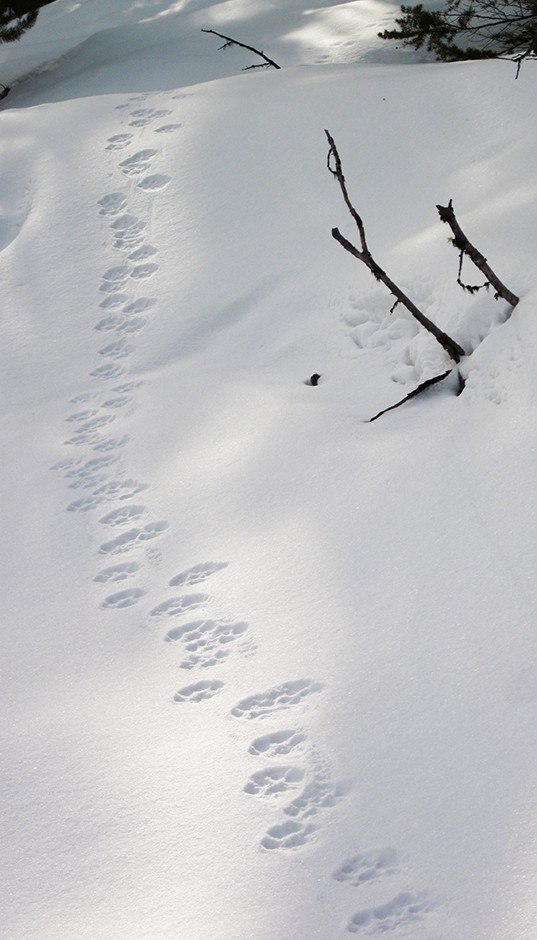
©Laurel Peelle
The more traditional “cowboy approach” was still helpful, though. To identify DNA, the researchers running the lab analysis at the Rocky Mountain Research Station needed to use solutions particular to the species, so Peelle still had to use observational skills to guess the suspected predator. Sometimes, when tracking conditions were good during winter, the identity was already clear. But snow-tracking wasn’t possible most of the year.
It worked best to swab the collars themselves, Peelle said, since swabbing the hair mixes prey and predator DNA together. Using plastic radio-collars also seemed to help, she said, likely because the non-porous surface won’t absorb saliva like leather might.
Peelle said that this technique has widespread potential application for wildlife researchers.
“There are so many different applications where learning both the predator and the prey is important,” she said. “Those two pieces of information only ever came together, until recently, for larger predators and larger prey, or they depended on good snow-tracking conditions in winter. Today, we can get this information year-round and on tiny amounts of prey remains, or even just radio-collars.”
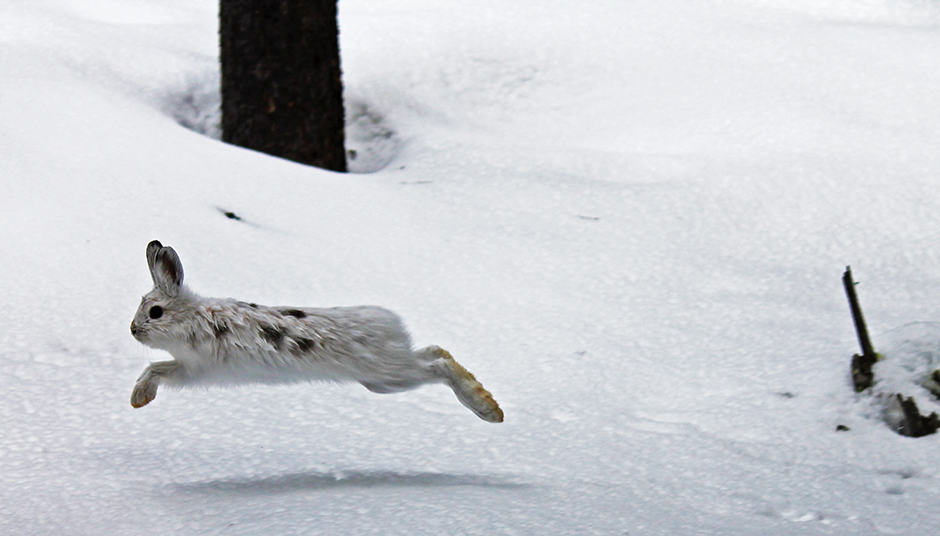
©Laurel Peelle
This photo essay is part of an occasional series from The Wildlife Society featuring photos and video images of wildlife taken with camera traps and other equipment. Check out other entries in the series here. If you’re working on an interesting camera trap research project or one that has a series of good photos you’d like to share, email Joshua at jlearn@wildlife.org.
Header Image: Researchers wanted to identify lynx foraging habitats in Washington state by examining where they were killing their prey. ©Tiffany Stoddart



